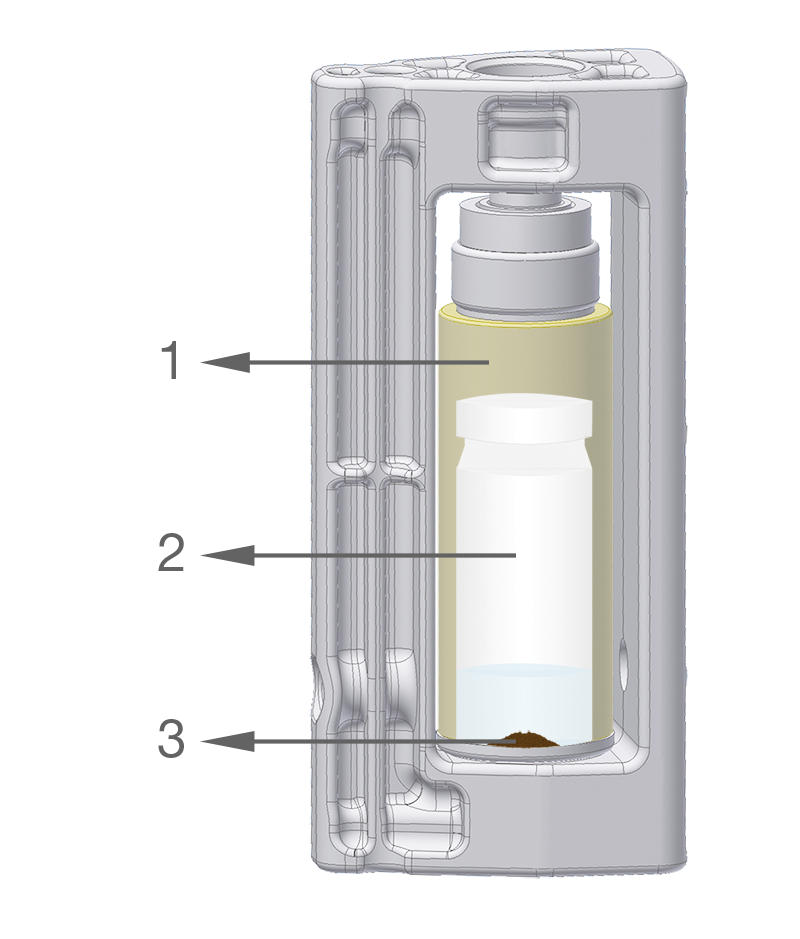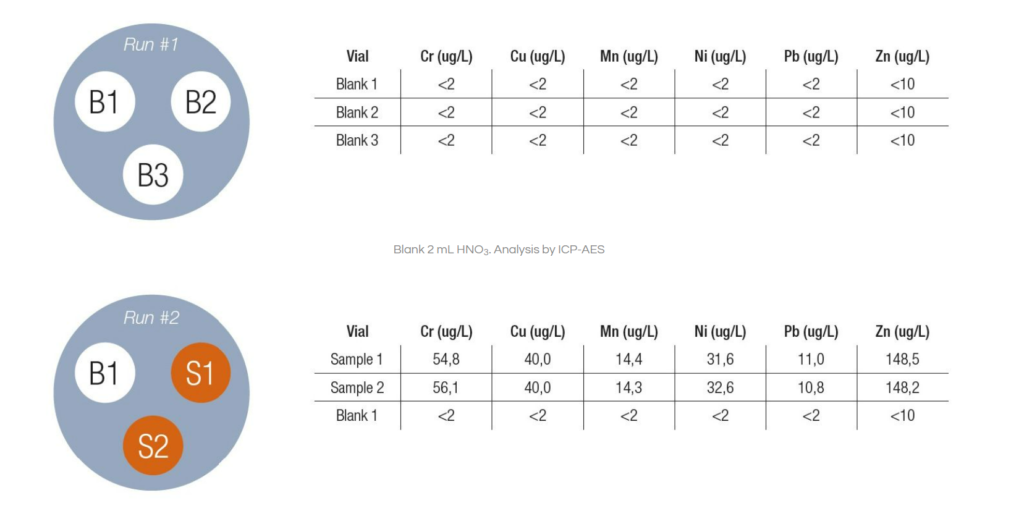Ultratrace Inserts for low blank levels
Setting new standards in vessel inside vessel technology
Ultratrace Inserts for low blank levels
Setting new standards in vessel inside vessel technology
We introduce the best of vessel-inside-vessel solutions to ensure lower analytical blank during microwave digestion in modern laboratory. This configuration reduces the amount of acid required for digestion to near stoichiometric quantities which provides lower dilution factor to increase detection limit

Features
- Less acid volume
- Higher sample amount
- Lower dilution factor
- Increased method detection limit
- Less surface contamination
- Lower analytical blank
Increase detection limit with lower dilution factor
Microwave digestion techniques typically require a minimum volume of reagents of about 5 mL to achieve accurate temperature monitoring of the reaction conditions and for low blank levels. However sometimes it is important to maintain an even lower dilution factor when working at concentrations near the method detection limit. These factors inspired us to use vessel-inside-vessel technology. It uses smaller secondary vessel (2) inside the primary microwave vessel (1). The secondary vessel contains sample and digestion reagents (3), while the primary vessel contains the solution in which temperature control takes place.
This setup reduces the amount of acid required for digestion, lowering dilution factor and increasing detection limit.
A variety of vessel inserts is available from Milestone in different materials (Quartz or TFM) provided in different sizes and shapes, to satisfy all application requirements.
Why maintaining a very low dilution factor
Analytical chemists are increasingly being asked to assess trace metal levels in samples at lower and lower concentrations. This commonly necessitates the analyst taking measurements close to the method detection limit, resulting in lower accuracy and precision. To achieve reliable temperature monitoring of the reaction conditions, closed-vessel microwave digestion procedures require a minimum capacity of 10 mL. Modern spectroscopic techniques prefer acid concentrations of 1 to 5 percent v/v in materials submitted for examination. To attain the 1 to 2 percent acid content required for ICP analysis, samples digested with 10 mL of acid must be diluted by a factor of 500. Because of the high dilution factors, several analytes are no longer traceable.
Large dilutions are frequently overcome.
NO CROSS CONTAMINATION

COMPLETE RECOVERY

